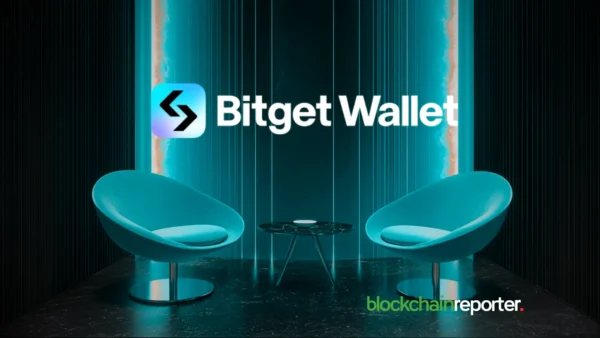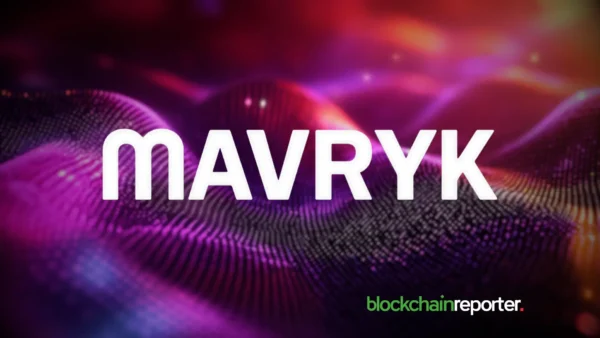Decentralized Finance (DeFi) is an umbrella term to describe financial instruments and services running on decentralized blockchains like Ethereum and Cardano.
These solutions aim to recreate and replicate traditional financial services in a trustless environment, run by smart contracts and open to the global audience. All activities are done transparently in an auto-auditable system without third parties.
DeFi versus Traditional Finance
Accordingly, with DeFi, users can receive what they would from a financial institution. These services can include payment, lending, superior yields, trading, and much more. However, because of the digital existence of its solutions, users don’t have to fill out paperwork. When they participate, DeFi protocols tend to offer better returns. It is important to note that DeFi expands on Bitcoin’s offerings. Bitcoin is a permissionless public ledger allowing users to transfer value in a peer-to-peer manner cheaply and securely. DeFi relies on smart contracts to roll out superior offerings building on the base properties of decentralization, security, transparency, and openness as espoused by Bitcoin. Subsequently, its decentralized financial services are suitable alternatives to financial institutions less the associated costs and restrictions. DeFi, being a service running on a decentralized, global layer, is open for everyone with a secure internet connection and a supporting non-custodial wallet.
DeFi Benefits
Since DeFi runs on public, global, and transparent blockchains, users benefit from the following:
-
- Speed and convenience because all that’s required for operation is a secure, non-custodial wallet like MetaMask and others. Unlike traditional finance, where a user must submit identifying details as a form of registration, DeFi bypasses this system by enabling access only with a wallet while preserving privacy. The underlying blockchain network is also operational daily, meaning DeFi users can access services anytime.
- DeFi protocols, by default, preserve the privacy of its users. All that’s needed is a compatible wallet, and a user is free to access superior decentralized financial services. This route diverges from the approach taken by traditional counterparts who emphasize retaining a database of its users.
- DeFi solutions are flexible, giving users the freeway to hop between financial dApps from a single wallet. Leading non-custodial wallets give users the capability, for instance, to supply liquidity in a decentralized exchange at one dApp, and yield farm in another protocol for even more rewards. Intra-connection is one possibility, and cross-chain compatibility is another capability with DeFi. Supportive wallets can port users between networks conveniently and securely. Users only have to switch networks from a wallet to access services.
- With DeFi, users often receive comparatively higher yields than in traditional setups. By providing liquidity in a lending platform, for instance, a user gets a higher APY than those offered in leading savings accounts. By extending their participation to yield farming, users can even double- or triple-digit yields. These rewards can be stacked, leading to significantly more yields due to DeFi smart contracts’ composability.
As of early Q2 2022, the Total Value locked (TVL) in DeFi exceeded $205 billion. The number could rise in the years ahead as its solutions find mainstream adoption.











